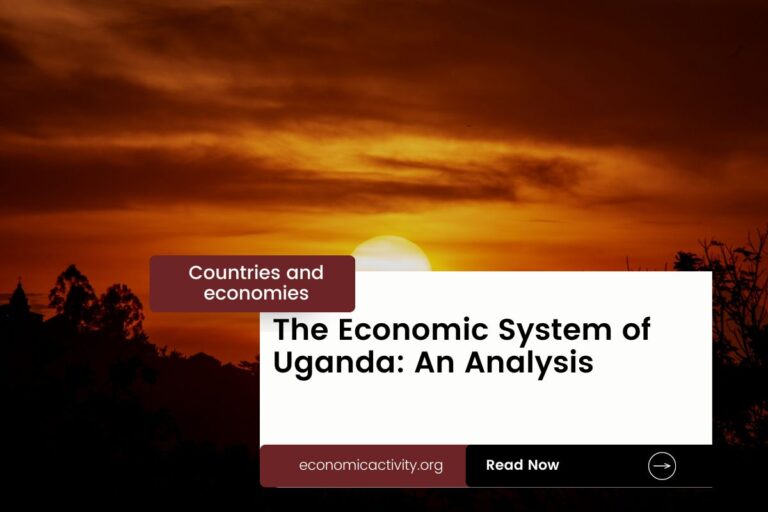What is the economic system of Hungary? The economy of Hungary is based on a mixed economy. The country’s economic system combines elements of a market economy and a planned economy.
In Hungary, the economy is composed of a private sector, consisting of individuals and businesses that make autonomous decisions based on self-interest, and a public sector, where the state determines the production and distribution of certain goods and services. No country is purely capitalist or purely communist.
What do the freedom indexes tell about the economic system of Hungary?
To determine if a country is mostly a market economy or a planned economy, it is useful to examine some economic indexes. For instance, according to the 2022 Index of Economic Freedom, which measures the ability of every human to control his own labor and property, Hungary is ranked 48th globally and 29th in Europe indicating that the country has a moderately free economy.
In a similar way, the 2022 Freedom House index evaluates the state of political rights and civil liberties globally. Generally, market economies tend to align more with democracy and freedom, while command economies tend to be characterized by greater state control and fewer democratic and civil liberty protections. Hungary gets a score of 69/100, which qualifies it as Partly Free. Hungary is considered to have a government that does not control what people do, and people can make their own economic decisions, but it is only considered an electoral democracy, lacking full liberal democratic protections.
The Link Between Public Sector Employment and the Economic System of Hungary
An indicator of the extent to which the State is involved in the economy is the number of public sector employees. In Hungary, according to ILOSTAT, the number of public sector employees as a percentage of the total workforce is 30.4% (2018). In the country’s mixed economy, the number of public sector employees as a percentage of the entire workforce varies based on the specific policies and practices adopted by the State. Some economic activities are left to the private sector while others are under government control. The bigger the public sector the closer is the economy to being a command economy.
What does the biggest company in Hungary say about the country’s economic system
The biggest company in Hungary should also be looked at, as well as whether it is a state-owned or private company. In this case, OTP Bank is Hungary’s largest financial services provider, offering retail and corporate banking, asset management, and insurance services.
Currently, most of the banks’ shares are owned by private and institutional investors, which ensures a stable ownership structure for the company. OTP has a high free float shareholder structure, with a free float ratio of 68.61%. The rest are held by Megdet Rahimkulov at 8.88%, Hungarian MOL Group at 8.57%, French Groupama at 8.3% and American Lazard at 5.64%.
The historical factors that have influenced the economic system of Hungary
The mixed economy system of Hungary in the last century is the result of the transition from a centrally planned economy to a market-based system, the influence of foreign investment, and the adoption of a more open trade policy.
These changes and its economic system have allowed Hungary to benefit from increased economic growth and improved living standards.





Leave a Reply